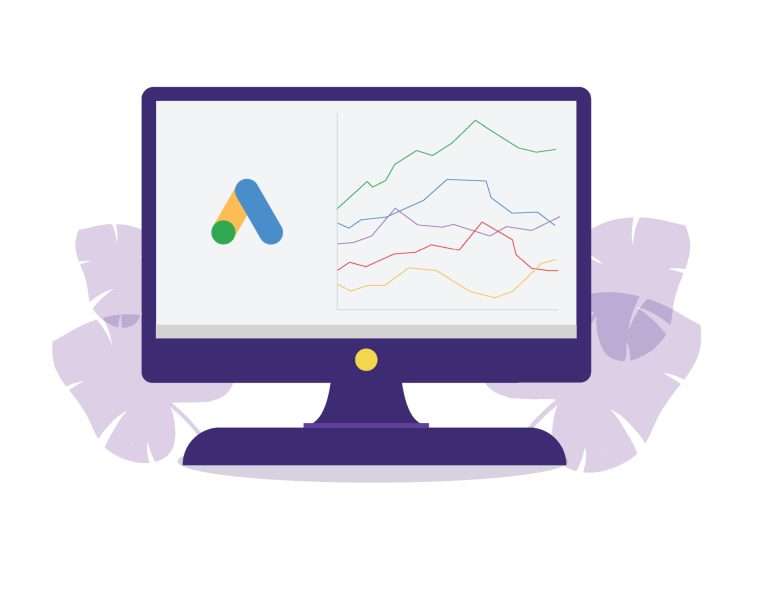In the realm of online marketing, the term “SEO” (Search Engine Optimization) has been a constant buzzing term. The myriad aspects of SEO hold the promise to boost your website’s visibility, enhance user experience, and most importantly, increase organic traffic. Among these elements, one aspect often overlooked by many is Technical SEO Optimization. This crucial component of SEO forms the backbone of your website’s performance, setting the stage for higher ranking and organic traffic.
What is Technical SEO Optimization?
Technical SEO Optimization refers to the process of optimizing the structure of a website to ensure it can be easily crawled and indexed by search engines. It’s the ‘behind-the-scenes’ tweaks and adjustments that make your website appealing to search engines. These encompass site speed, mobile compatibility, site architecture, and a lot more.
The Essence of Technical SEO Optimization
- Site Speed: A slow-loading website can discourage users, leading to higher bounce rates. Google also factors site speed into its ranking algorithms, making this a critical area to consider.
- Mobile Compatibility: With the majority of web traffic coming from mobile devices, it’s essential that your site is mobile-friendly. Responsive design and adaptable content can enhance the user experience for mobile users.
- Site Architecture: A well-structured website with logical hierarchies and navigation aids can make it easier for search engine bots to crawl and index your website.
Let’s dive deeper into these aspects to better understand the importance and implementation of technical SEO optimization.
The Blueprint for Technical SEO Optimization
Speeding Up Your Site
There are numerous ways to boost your site speed. Compressing images, leveraging browser caching, and minifying CSS, JavaScript, and HTML can significantly reduce your page load times. Google’s PageSpeed Insights is a handy tool to assess your website’s speed and identify areas for improvement.
Embrace Mobile Compatibility
Responsive design is not an option but a necessity in today’s digital age. Google uses mobile-first indexing, meaning it primarily uses the mobile version of content for indexing and ranking. To ensure your website meets these requirements, use Google’s Mobile-Friendly Test tool.
Structuring Your Site
A well-structured site enhances user experience and assists search engines in understanding your content. Use logical categories, descriptive URLs, and breadcrumb navigation. Implementing a XML sitemap also helps search engines to effectively crawl your site.
The Under-appreciated: Robots.txt and .htaccess
The Robots.txt and .htaccess files may seem insignificant, but they play a crucial role in guiding search engine bots on how to crawl and index your site. These files can control access to certain areas of your site, prevent duplicate content issues, and even aid in site security.
Technical SEO Optimization: The Key to Organic Traffic
By prioritizing technical SEO optimization, you’re not just enhancing your website’s visibility, but also improving user experience and increasing your chances of climbing up the SERPs ladder. It might seem daunting at first, but with a structured approach, you’ll soon reap the benefits of increased organic traffic.
Technical SEO optimization is a long-term investment that requires patience, persistence, and expertise. If you’re ready to commit to this process and unlock the true potential of your website, contact our team for expert guidance and solutions.
Remember, the journey of a thousand miles begins with a single step. Take your first step towards SEO success with technical SEO optimization today.
This post contains outbound links to Google’s PageSpeed Insights, Mobile-Friendly Test, and XML sitemap guide. These links offer additional resources and tools to help you understand and implement technical SEO optimization more effectively. Images courtesy of Vecteezy








